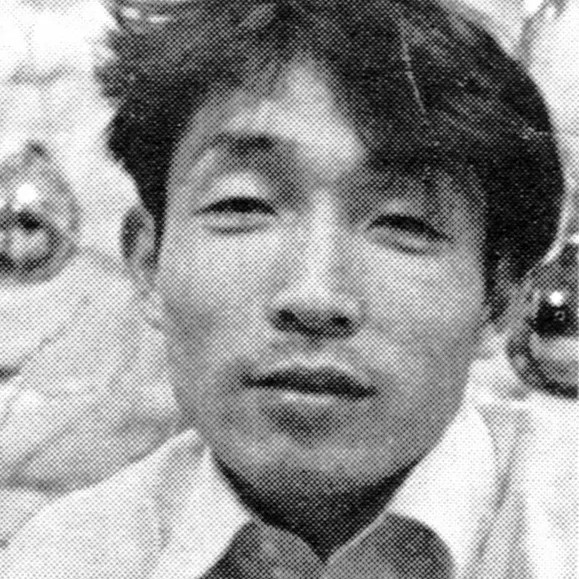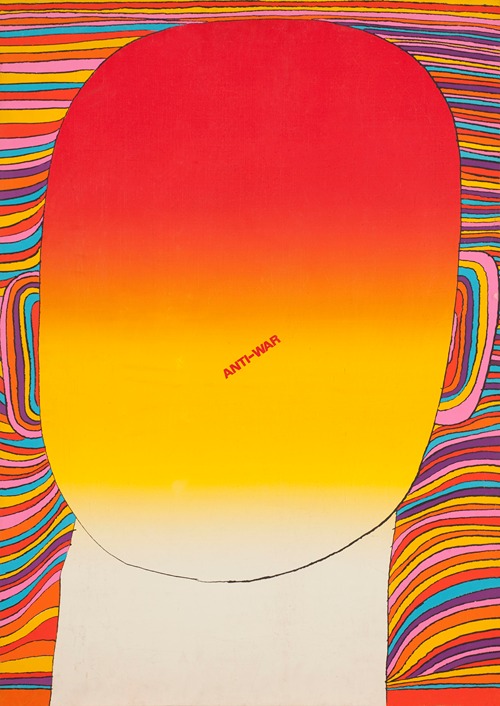

Kiyoshi Awazu
Kiyoshi Awazu was a Japanese graphic designer, active in the post-WWII era in the fields of poster design, architecture design, set design, filmmaking, and illustration. A self-taught artist, Awazu possessed an eclectic and variegated graphic style that employed vibrant color palettes, appropriated and subverted motifs from both traditional Japanese art and design as well as contemporary pop culture, and incorporated supergraphics and expressive typography across a range of scales and spatial contexts.
Believing that design was a basic function of human life, and that it was the social role of the designer “to extend the rural into the city, foreground the folklore, reawaken the past, summon back the outdated," Awazu worked with collaborators across genres and culled references from a vast array of sources to produce works that were intensely transdisciplinary and expressive, all while resisting the essentializing and universalizing tendencies of the modernist tradition. Beginning with his award-winning 1955 poster Umi o kaese [Give Back Our Oceans], an expression of solidarity with disenfranchised fishermen who were banned from conducting their activities by American Occupation forces, Awazu's work also displays a keen engagement with political activism and an emphasis on the capacity of visual communications to reveal injustices and expand awareness through affective means. Awazu worked with diverse collaborators across the fields of film, performance, and the visual arts to produce promotional posters, book designs, illustrations, and other graphic materials.
Awazu also worked with numerous modern architects—notably as a member of the Metabolism movement—to integrate structural design with other applied arts and foreground the role of design as a conduit for promoting civic engagement in urban contexts. Within the field of architecture, he is best known for producing the bold supergraphics on the exterior of the Nibankan building, which was famously featured on the cover of Charles Jencks' The Language of Modern Architecture (1977).
